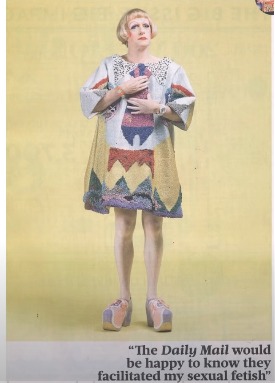MEDIA LANG: The Big Issue
1/9
There's no tags or description
Looks like no tags are added yet.
Name | Mastery | Learn | Test | Matching | Spaced |
|---|
No study sessions yet.
10 Terms
Who are the publishers of the Big Issue?
Dennis & The Big Issue Ltd (1991-).
What is The Big Issue’s Maifesto?
WE BELIEVE in a hand up, not a handout… Which is why our sellers BUY every copy of the magazine for £1.25 and sell it for £2.50
WE BELIEVE in trade, not aid…Which is why we ask you to ALWAYS take your copy of the magazine. Our sellers are working and need your custom
WE BELIEVE poverty is indiscriminate… Which is why we provide ANYONE whose life is blighted by poverty with the opportunity to earn a LEGITIMATE income
WE BELIEVE in the right to citizenship… Which is why The Big Issue Foundation, our charitable arm, helps sellers tackle social and financial exclusion
WE BELIEVE in prevention…Which is why Big Issue Invest offers backing and investments to social enterprises, charities and businesses which deliver social value to communities.
What is the purpose of The Big Issue?
To give a platform and a voice to under-represented groups through promoting a liberal, left-wing ideology.
For example the homeless, race/ethnicity, gender, sexuality.
How does the media language on the front page appeal to homeless audiences?
Connotations of ‘revolution’: social change, challenging of authority, rejection of conformity.
Foregrounding of the vendors - gold capitals
Binary of wealth and poverty

How does the dress page connote gender and sexuality?
The dress and the tie
The watch and the bracelet
The colours of pride
The yellow background
Barthes - meanings as myth through naturalisation

How does media language appeal to audiences through race and ethnicity?
The suit and it’s connotations of wealth , status and power (Barthes)
Ethnicities are being uplifted and positively represented through connotations of wealth and success.
Analyse the media language on the ‘Moving on’ article.
‘A Hand Up Not A Hand Out’ ethos is reinforced by the ‘success stories’ - former vendors who used this opportunity as a ‘stepping stone’.
Red highlighted headings, detailed testimonials in columns, 7 images of former homeless Big Issue vendors who succeeded, all emphasise the magazines ethos and represent homelessness in a positive light.
How does the dominant image of Marvina Newton connote meanings within the ‘Moving on’ article.
Medium close-ups of her curled hair, red dress, formal make-up, smiling expression sitting on a ‘big business’ chair highlights her professionalism.
What quote does Marvina Newton say & what is the significance of this?
“I could have chosen to become a victim, but I chose to sell as many Big Issue magazines as I could”
This quote identifies an ideological agenda and encourages an aspirational work ethic where grafting is rewarded.
What binary opposites could be suggested within the magazine?
Empowerment vs Dependency:
Empowerment suggests that individuals are given the tools, opportunities, or support to improve their situation on their own.
Dependency, on the other hand, implies reliance on external assistance without actively working towards self-improvement.
Self-sufficiency vs Charity:
‘A hand up’ implies a focus on providing individuals with the means to become self-sufficient and independent.
‘A handout’ suggests a more charitable approach, where assistance is given without necessarily addressing the underlying issues that contribute to the individual’s situation.
Dignity vs Pity:
‘A hand up’ implies a respectful approach that acknowledges the individual’s capabilities and dignity.
‘A handout’ may evoke a sense of pity, potentially undermining the dignity of the person receiving assistance.